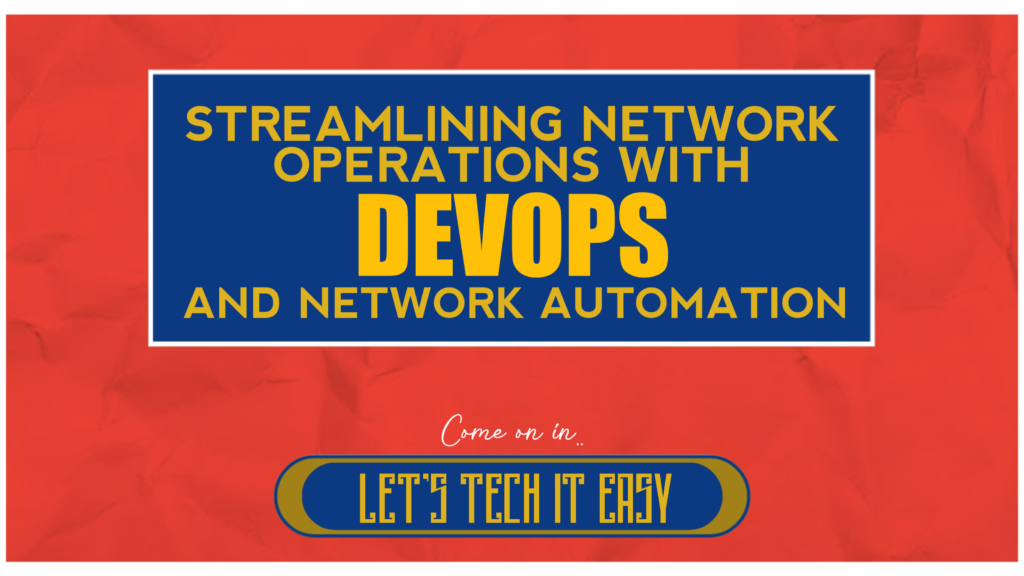The convergence of DevOps practices and network automation is revolutionising the way organisations manage and operate their networks. By leveraging automation tools, scripting languages, and programmable infrastructure, network teams can streamline operations, improve efficiency, and enhance overall network performance.
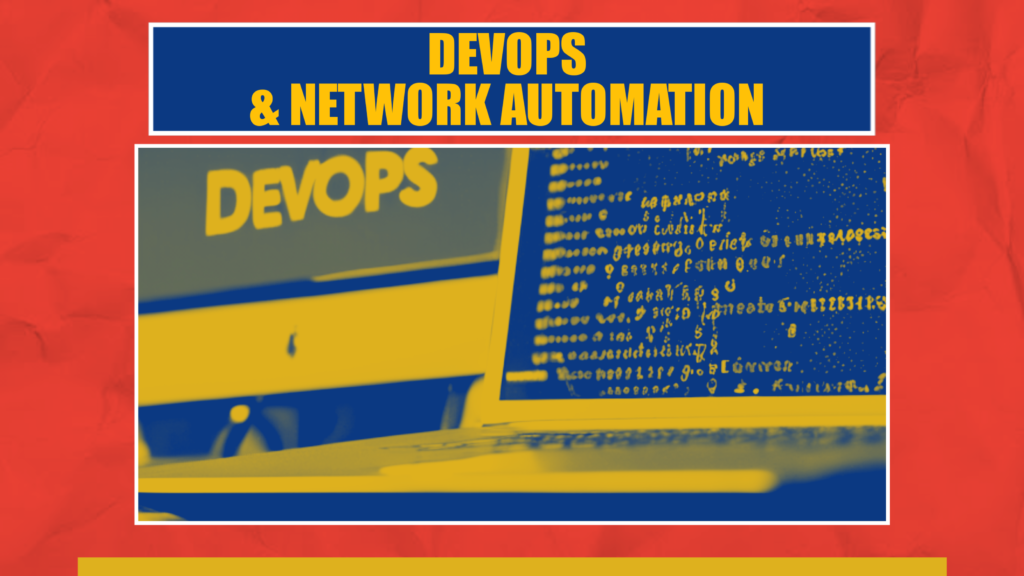
In this blog, we will explore the benefits, tools, practices, and challenges associated with network automation in the context of DevOps. We will delve into real-world use cases and provide practical insights for organisations aiming to embrace network automation and DevOps principles to optimise their network operations.
The Benefits of Network Automation with DevOps
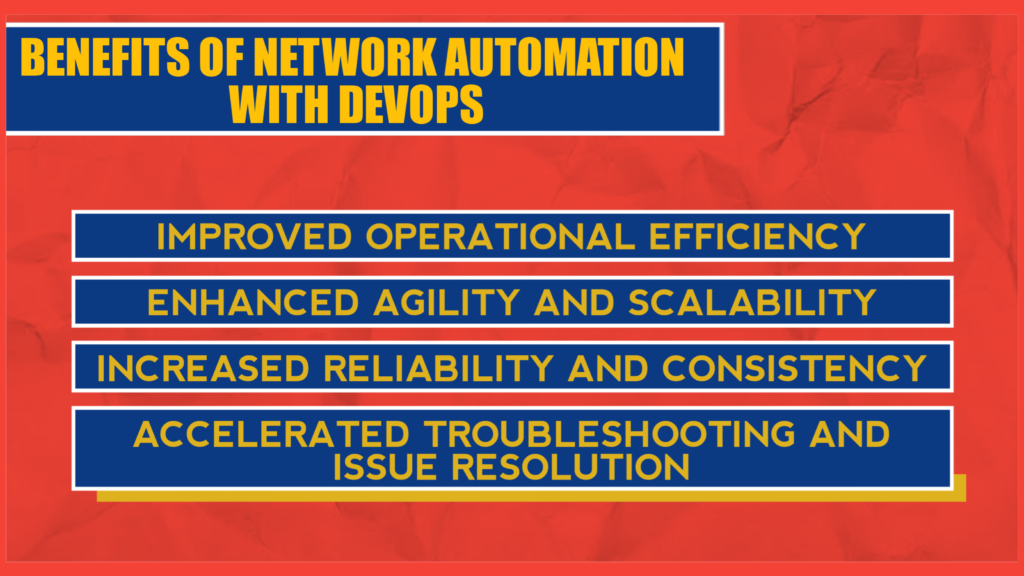
Improved Operational Efficiency: Network automation eliminates manual configuration and repetitive tasks, enabling faster and more accurate network changes. Automated provisioning, configuration, and monitoring result in time savings and reduced error rates. Organisations can achieve better resource utilisation and streamline their operations.
Enhanced Agility and Scalability: Automation enables rapid deployment and scaling of network resources, allowing organisations to respond quickly to changing business needs. With the ability to automate resource provisioning and configuration, networks become more flexible and adaptable.
Increased Reliability and Consistency: Automation ensures consistency in network configurations, reducing the risk of human error and minimising network downtime. By enforcing standardized processes and configurations, organisations can achieve greater reliability and predictability.
Accelerated Troubleshooting and Issue Resolution: Automated network monitoring and diagnostics enable faster identification and resolution of issues. Network teams can proactively detect anomalies, analyze performance metrics, and rapidly resolve problems, leading to improved network availability.
Tools and Technologies for Network Automation
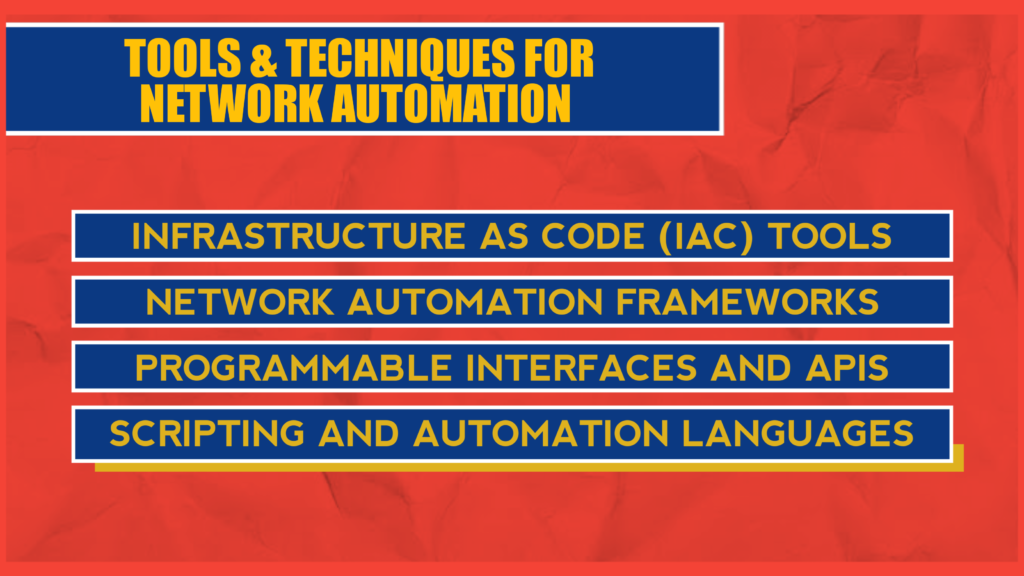
Infrastructure as Code (IaC) Tools: Infrastructure as Code tools like Ansible, Puppet, and Chef enable network configurations to be defined and managed as code. These tools provide versioning, change tracking, and easy collaboration among network teams. With IaC, network configurations become repeatable, auditable, and scalable.
Network Automation Frameworks: Network automation frameworks, such as Cisco NSO, Juniper NorthStar, and Arista CloudVision, offer centralized management and orchestration capabilities. These frameworks provide a holistic view of the network, allowing network teams to automate complex network operations and ensure end-to-end consistency.
Programmable Interfaces and APIs: Programmable interfaces and APIs allow network devices to be programmatically controlled and configured. They provide a standardized way to interact with network devices, enabling automation and orchestration. Popular programming languages like Python, YAML, and JSON are used to create automation scripts that interact with network devices.
Scripting and Automation Languages: Scripting languages like Python, along with automation-specific languages like YAML and JSON, play a crucial role in network automation. These languages facilitate the creation of automation scripts and playbooks, allowing network teams to automate various network tasks, such as configuration deployment, monitoring, and troubleshooting.
DevOps Practices Applied to Networking
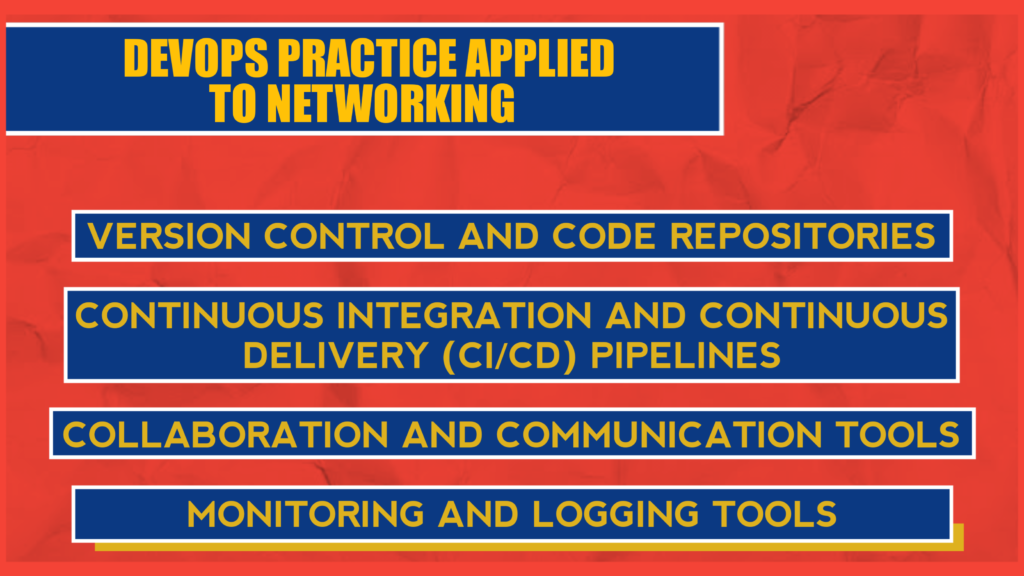
Version Control and Code Repositories: Using version control and code repositories, network configurations can be managed as code. This approach provides versioning, change tracking, and easy collaboration among network teams. It ensures that network configurations are treated as software artifacts and enables teams to work together efficiently.
Continuous Integration and Continuous Delivery (CI/CD) Pipelines: CI/CD pipelines facilitate automated testing and deployment of network changes. By automating the build, test, and deployment processes, organizations can ensure faster and more reliable deployments. This approach reduces errors and enables faster feedback loops.
Collaboration and Communication Tools: Collaboration and communication tools, such as Slack, Microsoft Teams, or Atlassian Confluence, foster effective collaboration between development and operations teams. These tools enable seamless communication, knowledge sharing, and coordination across teams, breaking down silos and improving cross-functional collaboration.
Monitoring and Logging Tools: Monitoring and logging tools provide real-time visibility into network performance and issues. Network teams can leverage tools like Nagios, Grafana, or Splunk to proactively monitor network health, detect anomalies, and gain insights into network behavior. Logging tools help capture and analyze network log data, aiding in troubleshooting and root cause analysis.
Challenges and Considerations
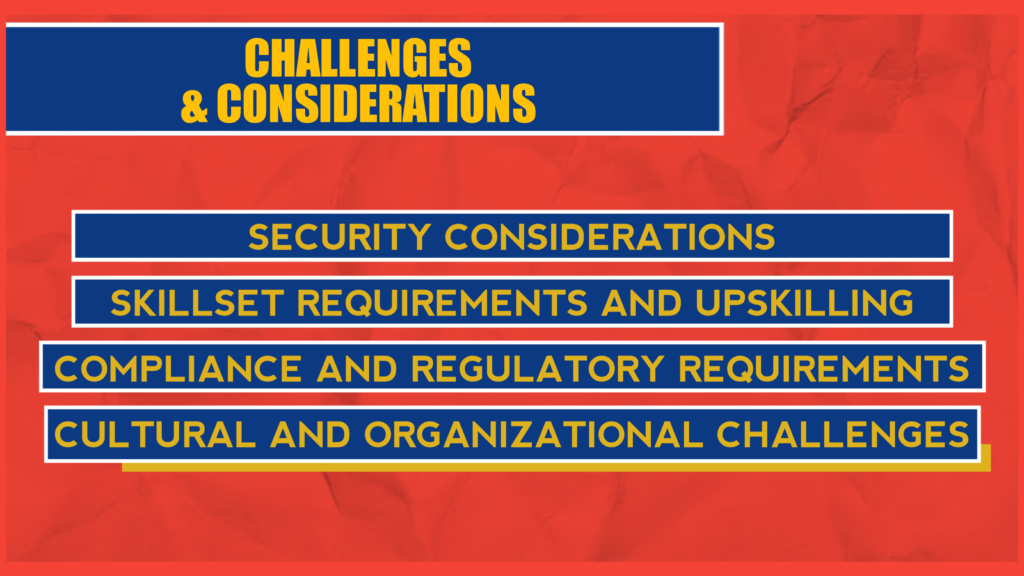
Security Considerations: Security is a critical consideration when automating network tasks. Organizations must implement robust access controls, secure coding practices, and encryption mechanisms to protect network infrastructure from potential threats. Network automation should adhere to security best practices to mitigate risks.
Skillset Requirements and Upskilling: Implementing network automation requires network engineers to acquire new skills in programming and automation. Upskilling initiatives, training programs, and certifications can help bridge this skills gap and empower network teams to embrace automation effectively.
Compliance and Regulatory Requirements: Organizations must ensure that automated network operations comply with relevant regulations and standards, especially in highly regulated industries such as finance and healthcare. Compliance with industry regulations should be a key consideration when implementing network automation.
Cultural and Organisational Challenges: Resistance to change and cultural barriers within organizations may pose challenges to the adoption of network automation with DevOps. Overcoming resistance, fostering a culture of collaboration, and promoting the benefits of network automation are crucial for successful implementation. Organizations should invest in change management strategies and provide proper training and support to facilitate the transition.
Conclusion:
In conclusion, network automation with DevOps offers a wide range of benefits for organizations seeking to optimize their network operations. By leveraging automation tools, embracing DevOps practices, and utilizing programmable infrastructure, network teams can streamline their operations, reduce manual effort, and improve overall network performance. The benefits include improved operational efficiency, enhanced agility and scalability, increased reliability, and accelerated troubleshooting.
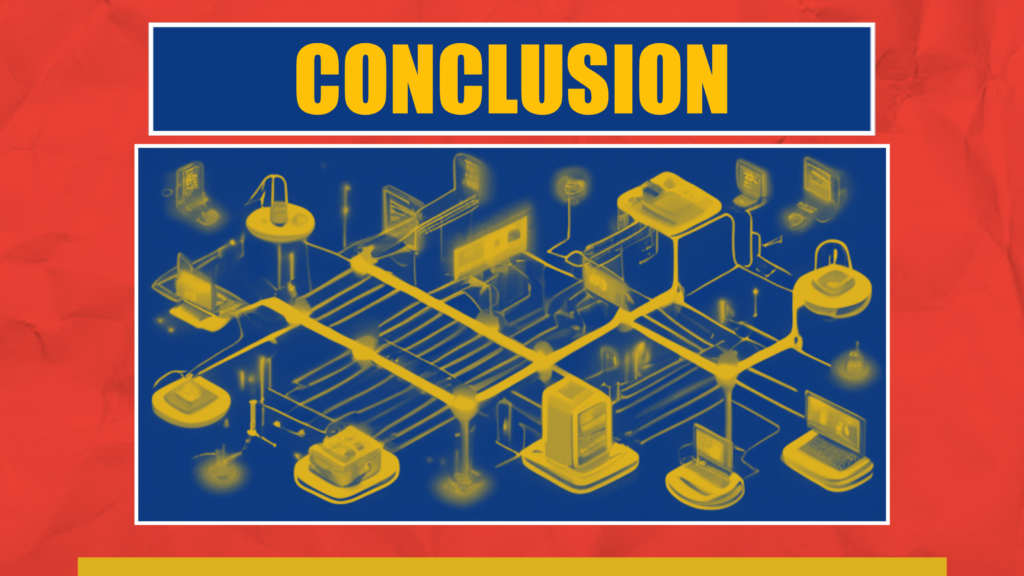
However, organisations must address challenges such as security concerns, skillset requirements, compliance, and cultural barriers to ensure successful implementation. By overcoming these challenges and embracing network automation with DevOps, organisations can unlock new levels of efficiency, agility, and reliability in their network operations, enabling them to stay competitive in an ever-evolving technological landscape.

